Please use this identifier to cite or link to this item:
https://hdl.handle.net/20.500.12348/5392
Baseline characterization of aquaculture systems and livelihoods in Nigeria
| dc.creator | Lozano, D.P. | en_US |
| dc.creator | Manyise, T. | en_US |
| dc.creator | Siriwardena, S.N. | en_US |
| dc.creator | Subasinghe, R.P. | en_US |
| dc.creator | Olaniyi, A.A. | en_US |
| dc.creator | Ghazali, S.B. | en_US |
| dc.creator | Rossignoli, C. | en_US |
| dc.date.accessioned | 2023-01-18T13:39:07Z | |
| dc.date.available | 2023-01-18T13:39:07Z | |
| dc.date.issued | 2022 | en_US |
| dc.identifier.citation | Lozano Lazo D, Manyise T, Siriwardena SN, Subasinghe R, Olaniyi A, Ghazali S and Rossignoli C. 2023. Baseline characterization of aquaculture systems and livelihoods in Nigeria. Penang, Malaysia: WorldFish. Technical Report: 2023-22. | en_US |
| dc.identifier.uri | https://hdl.handle.net/20.500.12348/5392 | |
| dc.description.abstract | This report presents the findings of the most recent study in a series of studies WorldFish and its partners conducted in Nigeria. The intent of the studies is to close knowledge gaps regarding the characteristics of aquaculture systems and livelihoods in various areas of the country. These studies, conducted in areas that hold great potential for aquaculture, are expected to contribute to the sustainable and inclusive development of this sector in the country. The study presented in this report aims to characterize existing aquaculture farming systems and livelihoods in rural Nigeria, specifically in the states of Delta and Ogun. The specific objectives are to identify the prevalence and performance of different farming systems, as well as opportunities for interventions across the value chain that could enhance the performance and diversification of aquaculture in these areas. The study covered 524 farmers and 66 hatchery operators in two states, Delta and Ogun, using digital surveys. The surveys collected data in several areas: demographics, land ownership and production systems, aquaculture production, aquaculture inputs, institutional characteristics, food security, income and expenditures, and exposure and adaptation to shocks. In the case of grow-out farmers, the results found that catfish monoculture practices dominated aquaculture systems, with earthen ponds as the main type of facility. In general, although farmers use relatively few additional inputs, the cost of feed and seed are the highest among all aquaculture-related costs. A profitability analysis suggests that catfish aquaculture can be a profitable venture, with profitability levels that are consistent with previous studies in the country (Subasinghe et al. 2021). In terms of post-harvest activities, results suggest there were opportunities to improve distribution channels and processing activities, as most farmers currently sell their fish fresh at their farmgate. Approximately one-third of the farmers surveyed were interested in adopting integrated fish farming systems, which appeared to correlate to their level of awareness about such systems. Farmers also mentioned that the price of fish feed and access to credits for aquaculture activities were the most significant challenges they face. In the case of hatcheries, besides credit requirements, the study also found two main areas for improvement: knowledge generation and improved practices. The latter includes recordkeeping, broodstock management, water quality management and health management in general. The study also identified the need to develop other parts of the value chain, such as feed production. | en_US |
| dc.format | en_US | |
| dc.language | en | en_US |
| dc.publisher | WorldFish (WF) | en_US |
| dc.rights | CC-BY-NC-4.0 | en_US |
| dc.subject | characterization | en_US |
| dc.title | Baseline characterization of aquaculture systems and livelihoods in Nigeria | en_US |
| dc.type | Internal Report | en_US |
| cg.contributor.funder | Bill & Melinda Gates Foundation | en_US |
| cg.coverage.country | Nigeria | en_US |
| cg.coverage.region | Western Africa | en_US |
| cg.subject.agrovoc | aquaculture | en_US |
| cg.subject.agrovoc | farming systems | en_US |
| cg.subject.agrovoc | livelihoods | en_US |
| cg.subject.agrovoc | hatcheries | en_US |
| cg.subject.agrovoc | fish | en_US |
| cg.contributor.affiliation | WorldFish | en_US |
| cg.identifier.status | Timeless limited access | en_US |
| cg.contribution.worldfishauthor | Lozano, D.P. | en_US |
| cg.contribution.worldfishauthor | Manyise, T. | en_US |
| cg.contribution.worldfishauthor | Siriwardena, S.N. | en_US |
| cg.contribution.worldfishauthor | Subasinghe, R.P. | en_US |
| cg.contribution.worldfishauthor | Olaniyi, A.A. | en_US |
| cg.contribution.worldfishauthor | Ghazali, S.B. | en_US |
| cg.contribution.worldfishauthor | Rossignoli, C. | en_US |
| cg.description.theme | Sustainable aquaculture | en_US |
| cg.identifier.url | https://mel.cgiar.org/dspace/limited | en_US |
| cg.creator.id | Timothy Manyise: 0000-0003-1951-9892 | en_US |
| cg.creator.id | Saadiah binti Ghazali: 0000-0001-9796-6159 | en_US |
| cg.creator.id | Cristiano Rossignoli: 0000-0001-8220-7360 | en_US |
| cg.subject.sdg | SDG 1 - No poverty | en_US |
| cg.subject.sdg | SDG 2 - Zero hunger | en_US |
| cg.subject.sdg | SDG 14 - Life below water | en_US |
| cg.subject.actionArea | Resilient Agrifood Systems | en_US |
| cg.subject.impactArea | Nutrition, health and food security | en_US |
| cg.subject.impactArea | Poverty reduction, livelihoods and jobs | en_US |
| cg.contributor.initiative | Aquatic Foods | en_US |
Files in this item
This item appears in the following Collection(s)
-
Sustainable aquaculture [2735]
